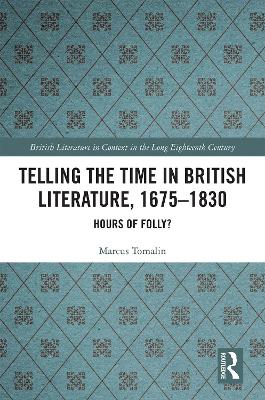British Literature in Context in the Long Eighteenth Century
2 total works
From the 1750s to the 1830s, numerous British intellectuals, novelists, essayists, poets, playwrights, translators, educationalists, politicians, businessmen, travel writers, and philosophers brooded about the merits and demerits of the French language. The decades under consideration encompass a particularly tumultuous period in Anglo-French relations that witnessed the Seven Years' War (1756-1763), the American War of Independence (1775-1783), the Revolutionary and Napoleonic Wars (1792-1802 and 1803-1815, respectively), the Bourbon Restoration (1814-1830), and the July Revolution (1830) - not to mention the gradual expansion of the British Empire, and the complex cultural shifts that led from Neoclassicism to Romanticism. In this book, Marcus Tomalin reassesses the ways in which writers such as Tobias Smollett, Maria Edgeworth, William Wordsworth, John Keats, William Cobbett, and William Hazlitt acquired and deployed French. This intricate topic is examined from a range of critical perspectives, which draw upon recent research into European Romanticism, linguistic historiography, comparative literature, social and cultural history, education theory, and translation studies. This interdisciplinary approach helps to illuminate the deep ambivalences that characterised British appraisals of the French language in the literature of the Romantic period.
Although the broad topic of time and literature in the long eighteenth century has received focused attention from successive generations of literary critics, this book adopts a radically new approach to the subject. Taking inspiration from recent revisionist accounts of the horological practices of the age, as well as current trends in ecocriticism, historical prosody, sensory history, social history, and new materialism, it offers a pioneering investigation of themes that have never previously received sustained critical scrutiny. Specifically, it explores how the essayists, poets, playwrights, and novelists of the period meditated deeply upon the physical form, social functions, and philosophical implications of particular time-telling objects. Consequently, each chapter considers a different device - mechanical watches, pendulums, sandglasses, sundials, flowers, and bells - and the literary responses of significant figures such as Alexander Pope, Anne Steele, William Wordsworth, Samuel Taylor Coleridge, Charlotte Smith, and William Hazlitt are carefully examined.

